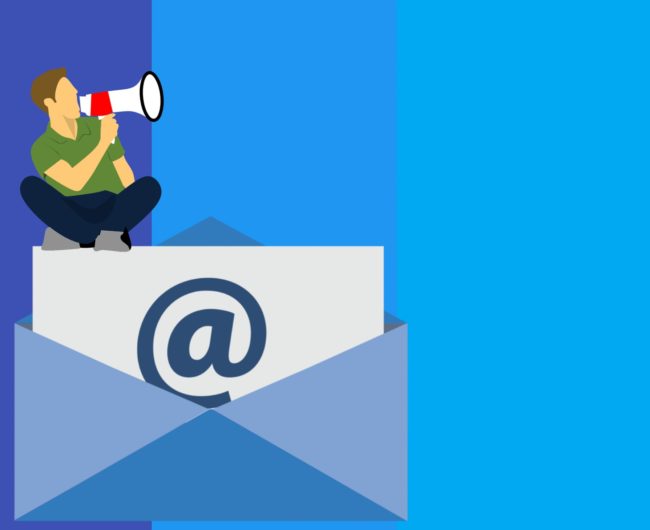Email marketing still has one of the highest engagement rates. It is also one of the most affordable ways to engage customers and potential donors!
Attracting the right eyes and standing out from the digital crowd is difficult. Knowing email marketing best practices helps.
You’ve integrated your social media and website; organically grown your marketing list. But how do you ensure that once your message is sent it is read and shared?
You need to track three key metrics: email open rates, click through rates and shares.
So, what do these metrics mean? And why are they important?
The open rate is a percentage of the number of recipients who opened your email from the total number sent to. MailChimp found that the average open rate for nonprofit email marketing is 25.96%. Compared to the universal email open rate of 6% that is much better. Yet it still means a lot of your audience isn’t opening your email.
A click-through rate (CTR) is the ratio of users who click on a specific link to the number of total users from your list. MailChimp’s study found that nonprofit emails had a 2.76% CTR, while the universal is 6.9%.
People are inundated with emails. The open rate and CTR provide a sign of how much your subscribers actually care about the content you send them. With this information, you can be more active in your engagement with them.
Below are 4 tips to increase your Nonprofit’s Email Marketing.

1. Cater to your subscribers.
Ensure your message is sent to those who will find it relevant. Getting an opt-in is not enough. Have a 2-step verification process. Then work to segment your mailing list. Some common segments are…
Demographic data: Gender, where they live, or their job title
Behavioral data: What do they do with your email. Do they register for the event you are promoting, read your promoted blog article.
Customer email client data: Are they browsing on mobile or desktop? Have they specified a frequency to email; weekly or monthly?
With a segmented list, you can vary your messaging, or provide different information.
Set up a schedule to review your list. Keep your clean list: gather via grassroots, use double opt-in, & have an easy unsubscribe. Move inactive emails to a new list or remove emails with a hard bounce.
2. Create a compelling subject line & copy
What is the goal of your email? You’ve heard the saying, “you only get to make a first impression once”. Pick a focus topic and incorporate that to make an engaging subject line. A catchy and compelling subject line will drive open rates, the first level of engagement. For those that are inactive use the subject as a way to woo them back.
After you’ve captured their attention with your subject line, don’t let the rest of the copy fall short. Show them why they should support your organization. Remember you still need them to click-through. Emails that are content only or too long and text-heavy will drive your subscriber away. Have ONE clear, concise message, but keep them engaged. Include quizzes, surveys, alerts and call-to-action buttons in the emails.
Double check for spelling and grammatical errors. Have others in your organization proofread. Uphold your reputation with your subscribers for putting out quality emails. There’s nothing worse than a spelling error, after all the hard work you’ve put into your email.
3. Produce an email with a good design
You have a killer subject line and copy that everyone wants to read. But how does it look? If you send it as a text email without formatting it you’re missing out on improving your CTR.
Use a template to create an impressive design, or have one custom made. Make sure your email newsletter design is responsive so no matter what type of device, it displays the way you intended.
Catch their attention by adding images or GIFs. Include custom social media links so they can share with others or like you. Make your call-to-action (CTA) stand out to entice a click.
4. Test, test, test
Variety is the spice of life. Keep your emails fresh by making small changes. Focus on 1 thing at a time. Send a few emails with each change to see how they perform over time. Build off each success and tweak those that fell short.
Add a personalization to the subject line, or the body, or both! Incorporate color or your logo. Try different verbiage to see what resonates and gets the most response out of your list.
Test delivery times, do they get opened in the morning, at night? Are they opened on a phone or tablet?
Times change, so should your email. If it’s been working for a while, now may be a good time to try something new. Catch your subscriber’s attention again.
Other resources you may be interested in:






